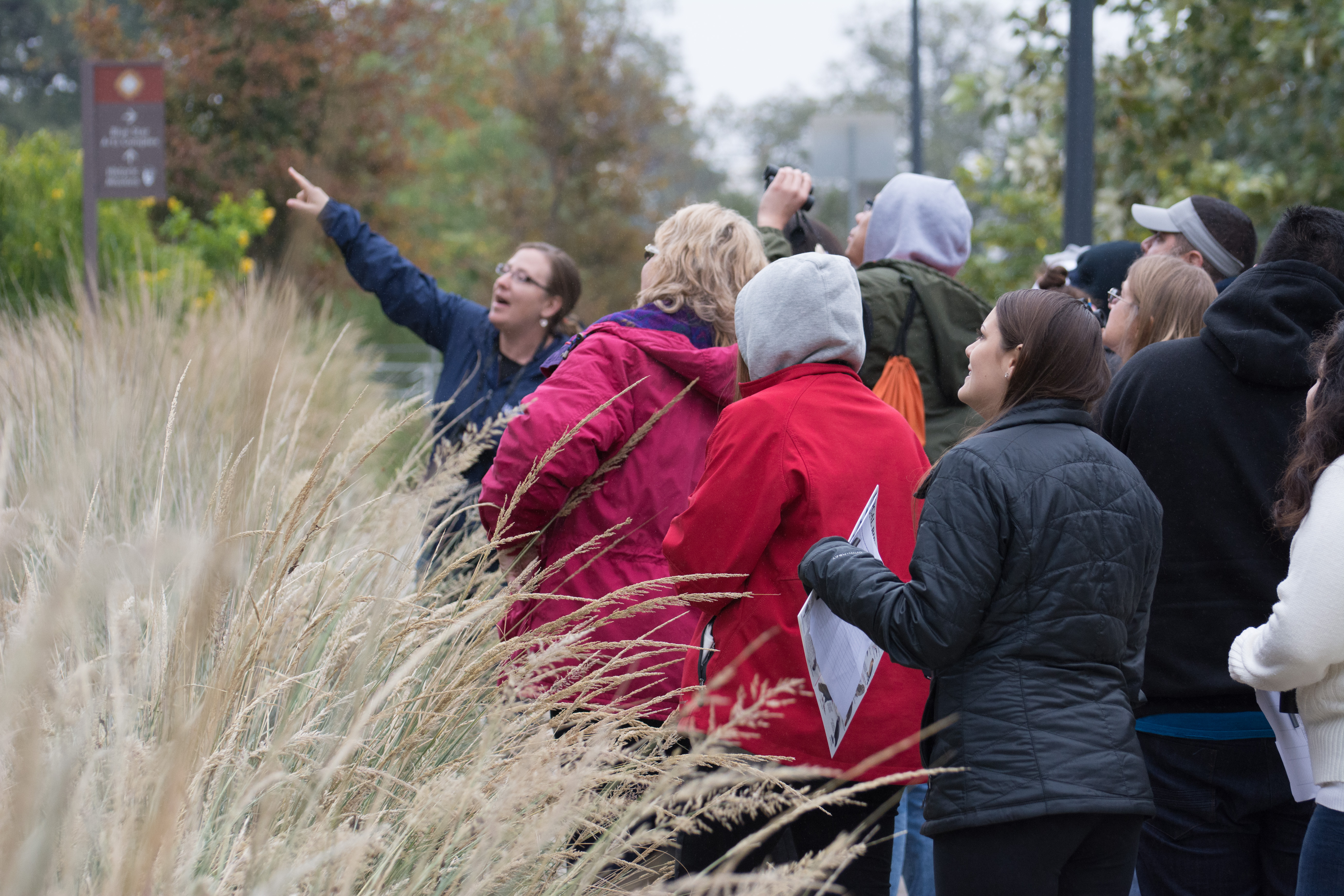Natural resources and environmental sustainability
Water
Nothing is more integral to sustaining human life than clean, safe water. We depend on it for our basic needs. We also need a reliable supply for irrigation and for commercial, industrial and recreational uses. As we grow, we will need additional water supplies; insufficient supplies can stunt local housing and economic development. Historically, San Antonio has relied almost entirely on a single source of water, the Edwards Aquifer. Encompassing an area of 8 counties across south-central Texas, including San Antonio and our surrounding communities, the Edwards Aquifer is the main water supply source for the region and provides water flows for endangered species habitat.
In 2000, San Antonio passed the first voter-supported aquifer protection program to help safeguard the city’s primary source of drinking water, the Edwards Aquifer. Funded by a 1/8-cent sales tax, the Aquifer Protection Program has been renewed by voters three times, in 2005, 2010 and again in 2015. The Program has resulted in the protection of over 135,000 acres of land located over the sensitive recharge and contributing zones of the aquifer to date.
The San Antonio Water System (SAWS) has diversified its water sources to reduce reliance on the Edwards Aquifer with new sources such as the Twin Oaks Aquifer Storage and Recovery plant that stores water underground for peak use or during droughts. The SAWS Water Management Plan also lays out an ambitious program to expand the water supply by over 69,000 additional acre-feet of water annually by 2020 and over 100,000 acre-feet of water annually by 2026.
The city also benefits from the largest direct water recycling program in the nation. More than 130 miles of pipeline delivers high-quality recycled water for use by golf courses, parks, commercial and industrial customers, as well as San Antonio's famous River Walk. The system can provide up to 25,000 acre-feet per year, further reducing demand on the Edwards Aquifer.
Water conservation is a cost-effective and environmentally sound way to reduce how much water we need. Residents and business owners can use water-conserving fixtures and appliances, fix leaks, plant drought-tolerant landscaping and avoid unnecessary water use.
Through water management planning, diversification of supply and an award-winning conservation program, San Antonio has made great strides towards developing a sustainable supply of water. Since the inception of the City’s conservation program in 1993, per capita water use has generally declined over time, although it does increase during particularly dry years.
The City also needs to ensure the quality of the community’s drinking water. Water contamination can come from various sources, including soil erosion, runoff from impervious surfaces and discharge from agricultural activities. We can reduce the impact on water quality in several ways: using proper management practices for agricultural, livestock, industrial, and commercial operations; reducing or eliminating excess sediment, nutrients and pathogens in upstream waters; requiring new development to use best management practices; and enforcing septic tank regulations.
The SAWS water quality protection program is one of the most aggressive in the state. SAWS implements policies that prevent, detect and reduce environmental pollution in our drinking water supplies, streams and rivers by:
- Ensuring water quality of the Edwards Aquifer is protected;
- Enforcing the regulatory requirements established to protect regional water quality;
- Reviewing and analyzing development plans over the recharge zone of the Edwards Aquifer;
- Monitoring best management practices at construction sites;
- Utilizing an extensive sampling and monitoring network for compliance purposes;
- Educating industries on the Storm Water Program; and
- Funding a Sensitive Land Acquisition Program to protect water quality on the recharge zone.
While our water resources are currently adequate, the City still faces challenges related to regulations, extreme weather and demand for water associated with outdoor irrigation. To continue meeting the needs of population increases, economic growth and competing regional demands, San Antonio’s water resources must be effectively managed through a combination of conservation, supply development and other practices to support growth and sustainability.
